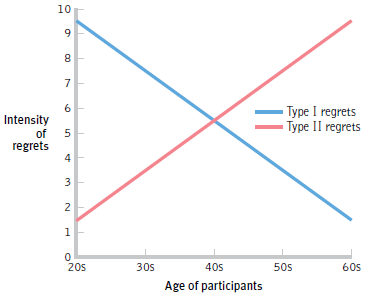The YerkesDodson graph demonstrates that graphs can be used to describe theoretical relations that can be tested.
Question:

a. Briefly summarize the theoretical relations proposed by the graph.
b. What are the independent and dependent variables depicted in the graph? What kind of variables are they? If nominal or ordinal, what are the levels?
c. What descriptive statistics are incl uded in the text or on the graph?
d. In one or two sen tences, what story is the graph trying to tell?
Fantastic news! We've Found the answer you've been seeking!
Step by Step Answer:
Related Book For 

Essentials Of Statistics For The Behavioral Sciences
ISBN: 9781464107771
3rd Edition
Authors: Susan A. Nolan
Question Posted:





